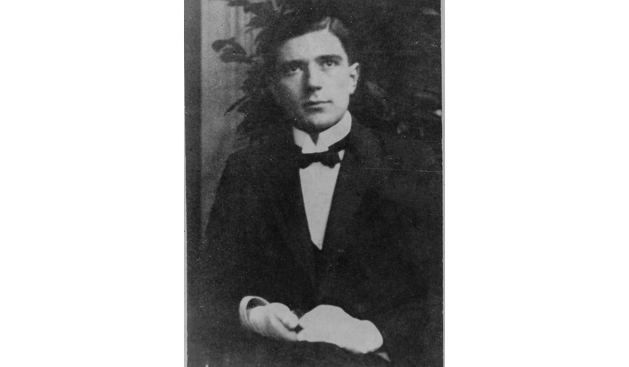On June 18, 1940 Winston Churchill called on the people of the Commonwealth to stand their ground against the Third Reich with these words: If the British Empire and its Commonwealth last for a thousand years, men will still say, “This was their finest hour.”
In the history of Tungsram this finest hour arrived on February 6, 1946. In the country defeated in WWII, the Tungsram research team led by Zoltán Bay announced that they detected echoes of radar waves sent to the moon. Due to its long-time signal integration technique, this achievement stands out even when compared to the similar, successful American experiment on January 10, 1946.
Zoltán Bay (1900-1992) was the head of the Tungsram research laboratory between 1936 and 1948, and the company’s technical vice-CEO during 1944-1948. Tungsram holds his memory in reverence both for his achievements as head of the Tungsram research laboratory 1936-1948 and standing his ground in the challenging times at the end of the WWII.
Bay’s name belongs with those of the 20th century’s outstanding physicists. The Moon echo experiment was a pioneering research in radar astronomy. Bay’s research at the George Washington University, and later in the National Bureau of Standards, demonstrated the validity of the laws of impulse and energy conservation, as well as the consistency of light velocity and its independence from frequencies. From 1983, the standard international definition of the meter has been based on Bay’s method of measuring the velocity and frequency of light.
Zoltán Bay was born in Gyulavári in 1900 as the son of a Calvinist priest. After completing secondary school in Debrecen, Bay earned his physics PhD in 1926 at Eötvös Loránd University in Budapest, then he participated in research at Physikalisch-Technische Reichsanstalt and the Friedrich Wilhelm (today Humboldt) University in Berlin, the center of contemporary physics in those days. His most important achievement from that time lay in proving that the so-called active nitrogen consisted of nitrogen atoms. His research method helped in the creation of the electron microscope. The minister for culture Kunó Klebelsberg called him home. Bay became the head of the theoretical physics department at the university of Szeged. In 1936, Lipót Aschner, Tungsram’s CEO, invited Bay to replace Ignác Pfeifer, the retiring head of Tungsram’s research laboratory. From 1938, Bay was the head of the nuclear physics department at the József Nádor Technical and Economic University in Budapest. Following Aschner’s deportation to Mauthausen, Bay served as the technical vice-CEO of Tungsram until 1948, when he emigrated to the USA with his family.
His most important results that served Tungsram’s competitiveness in the long run lay in the field of telecommunication and lighting:
- Enabling the electron multiplier, which was used for strengthening photocurrents, to count electrons.
- Discovering electroluminescent lighting sources with György Szigeti, crucial for the development of light tubes and halophosphate coating.
- High-pressure gas tubes, light and electron tubes etc.

Source: Ifjú Bay - Újpesti Helytörténeti Gyűjtemény

Source: Kutatólabor személyzete 1936: Koroknai, Ákos (szerk.), A Tungsram Rt. története 1896-1996. Budapest, 2004, 50. old.

Source: The moon radar and Old Bay - internet




